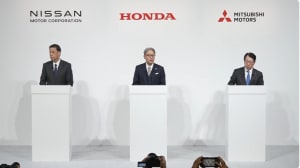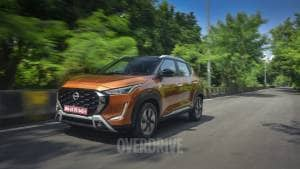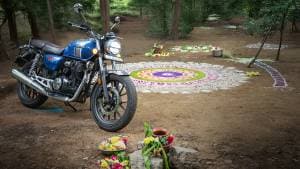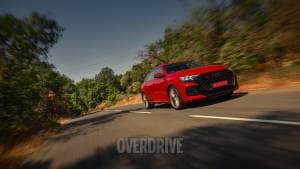Nissan-Renault debuts CMF modular production platform
The Renault-Nissan relationship is well-known across the motoring industry. The team will soon implement modular platform architecture in 14 of its models from both the Renault and Nissan brands.
 Renault-Nissan Common Module Family diagram
Renault-Nissan Common Module Family diagram
Called the Common Modular Family (CMF), Renault Nissan hopes the architecture's implementation will result in an average 30-40 percent reduction in the cost of developing a new model and a 20-30 percent reduction in the cost of parts. It will also make streamlining of production centres across the globe easier. "Our aim is to cut the number of our suppliers globally as we develop our product line at the international level," said Jean-Michel Billig, Renault's executive vice president of engineering and quality.
The initial deployment of CMF will be in 1.6 million vehicles per year and 14 models (11 from Renault and 3 from Nissan). The first of these will be seen as early as this year.
CMF comes from a set of core modules that are interchangeable and can form various platforms. Termed "Big Modules", these are four components like the engine bay, cockpit, front underbody, rear underbody and electrical/electronic architectures.
The 2014 Nissan Rogue, due to be out at the end of 2013, is based on the CMF platform. In addition, CMF will be used in redesigned versions of the Nissan Qashqai and X-Trail as well as replacements for Renault's Espace, Scenic and Laguna models.
"CMF opens a new era in engineering synergies for the Alliance. This will enable us to pursue volume efficiencies and introduce attractive new technologies in our products faster than before, creating additional value for our customers," said Tsuyoshi Yamaguchi, Alliance Director responsible for engineering.
In India, Nissan and Renault share platforms in the Terrano/Duster, Sunny/Scala and Micra/Pulse vehicles, though that's more accurately a re-badging than platform sharing.













